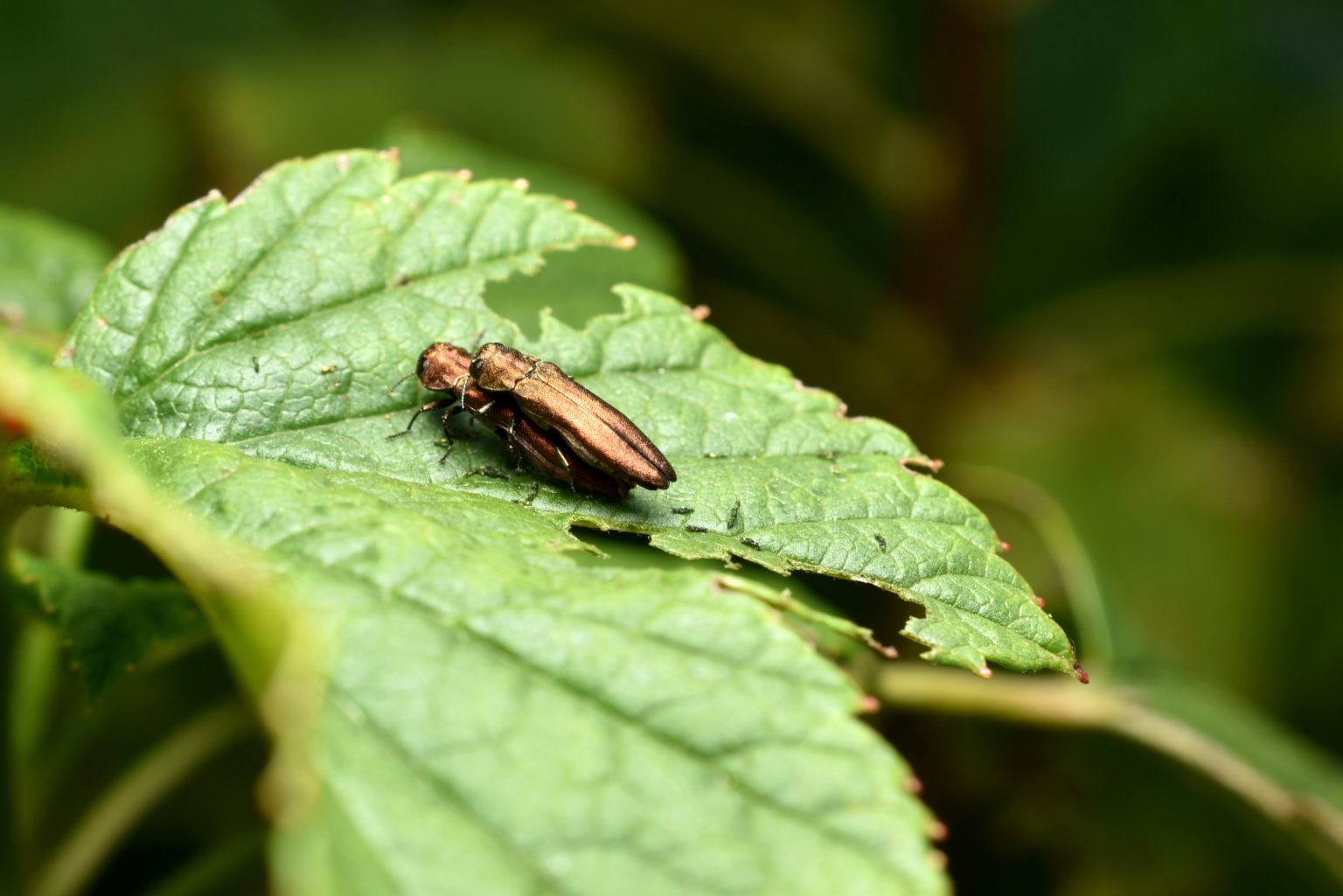After 15 years of efforts, the cities of Minneapolis and St. Paul have completed the removal of the last ash trees from public spaces, signaling a significant milestone in Minnesota’s fight against the Emerald Ash Borer beetle. This invasive species was first discovered in Minnesota in 2009 and has threatened the state’s ash tree population, with an estimated 1 billion ash trees in forested areas across the state. The infestation began in St. Paul in 2009, and the beetles spread quickly, ultimately killing all ash trees within a community within 10-15 years of arrival. The larvae of the Emerald Ash Borer tunnel under the bark of ash trees, causing them to die over time.
The removal effort in Minneapolis and St. Paul required the removal of tens of thousands of ash trees to prevent further spread of the infestation. St. Paul alone has spent approximately $36 million over the past decade and a half managing the Emerald Ash Borer and treating public trees, with 112 ash trees remaining in parks. Private residents have also funded treatment for over 800 ash trees on public property. The primary strategy for managing the crisis involved structured removal of ash trees on full city blocks, followed by stumping and replanting with a more diverse selection of trees. The last block of structured ash removal in St. Paul was completed in June of this year, approximately 15 years after the arrival of the Emerald Ash Borer.
While the removal of ash trees in public spaces in Minneapolis and St. Paul marks a significant achievement in the fight against the Emerald Ash Borer, the battle is not yet over. Some individual ash trees remain in boulevards, and private ash trees across the cities require attention. Additionally, 350 boulevard trees that adjacent property owners elected to treat are still being treated at their expense. Despite the challenges faced during the removal process, there is a collective understanding of the value of trees for their aesthetic and environmental benefits. The replacement of ash trees with a more diverse set of healthy new trees positions the cities to continue reaping the benefits that trees provide for generations to come, especially as they face the impacts of climate change.
The work to combat the Emerald Ash Borer infestation has taken a toll on the communities affected, as foresters and city officials did not enter the field with the intention of removing trees but rather caring for and improving the urban forest. There is a recognition of the importance of trees for their aesthetic and environmental contributions, particularly in urban areas. The effort to remove ash trees and replant with diverse species of trees has been described as a long and at times arduous process, but it sets the cities up to continue benefiting from trees in the face of climate change. The passion for caring for the urban forest and the understanding of the value trees provide have been driving forces behind the efforts to combat the Emerald Ash Borer infestation in Minneapolis and St. Paul.


